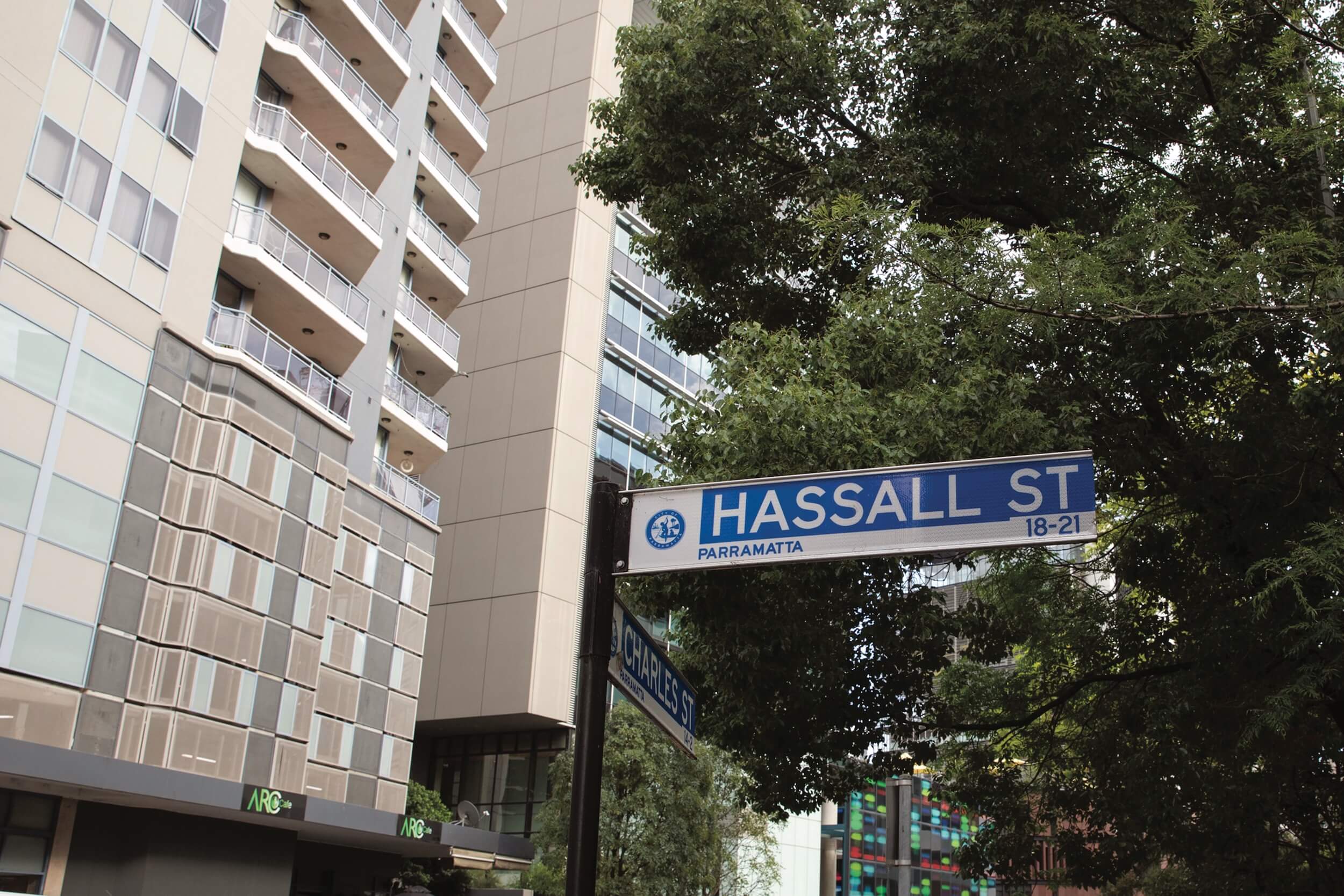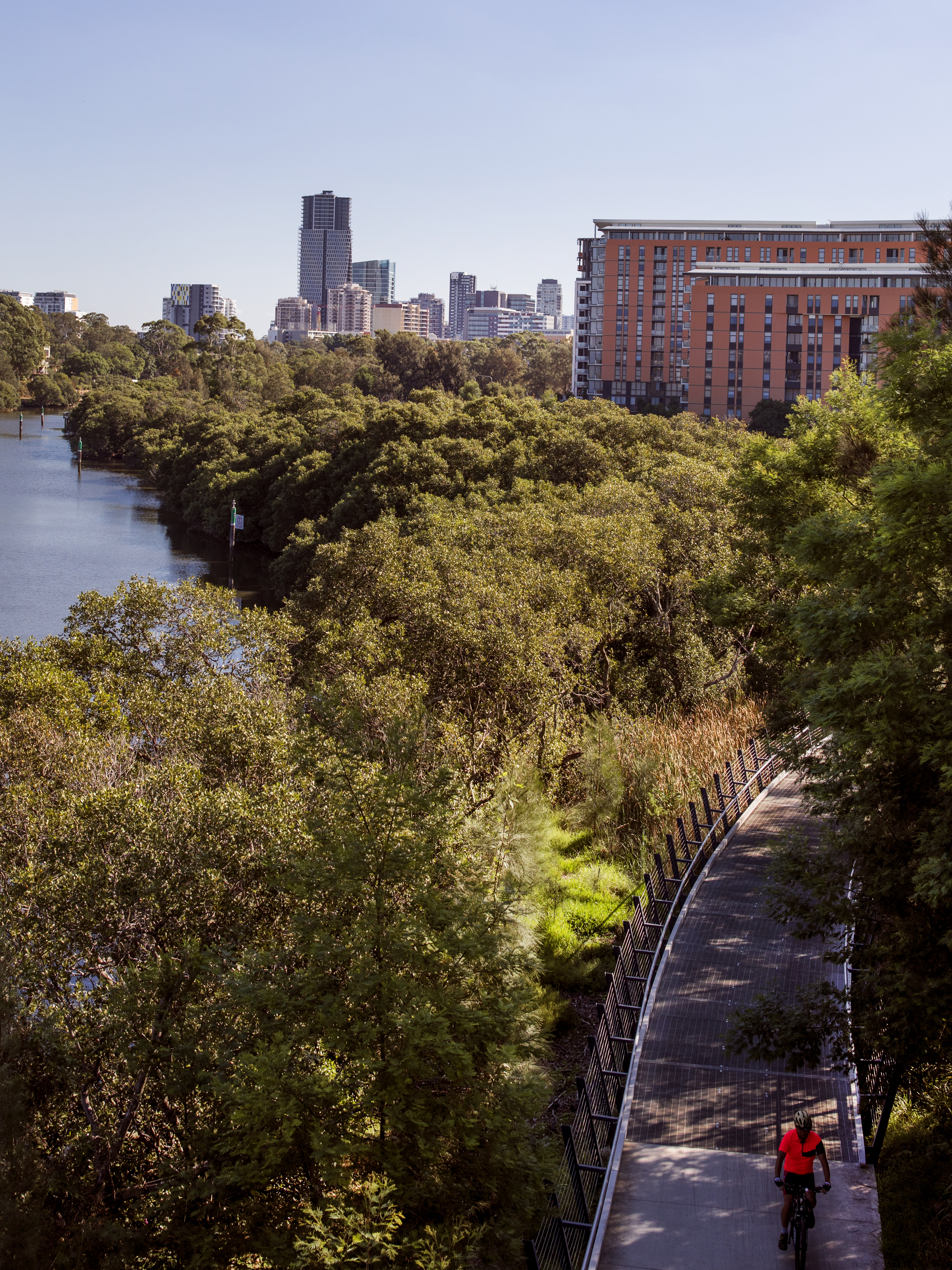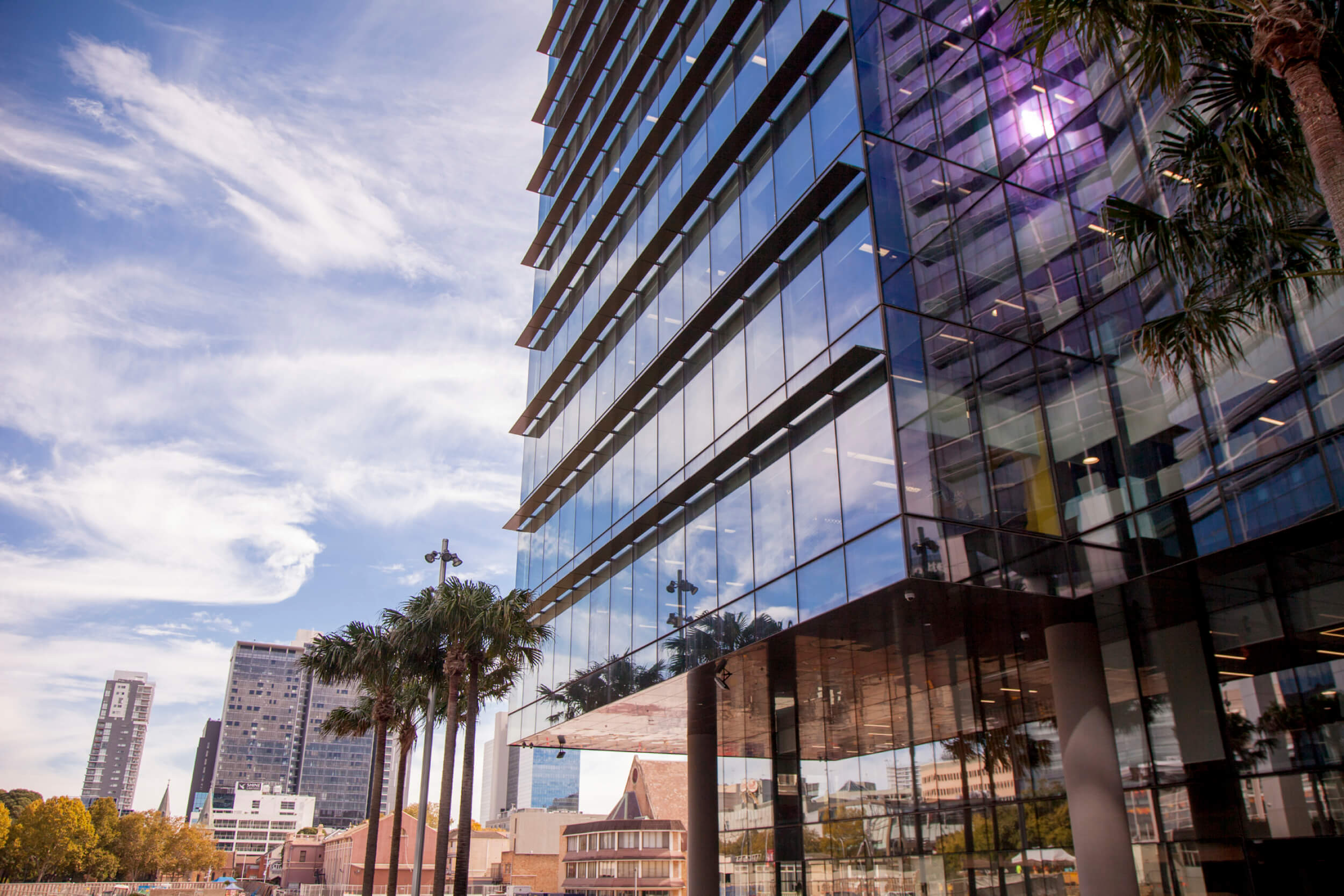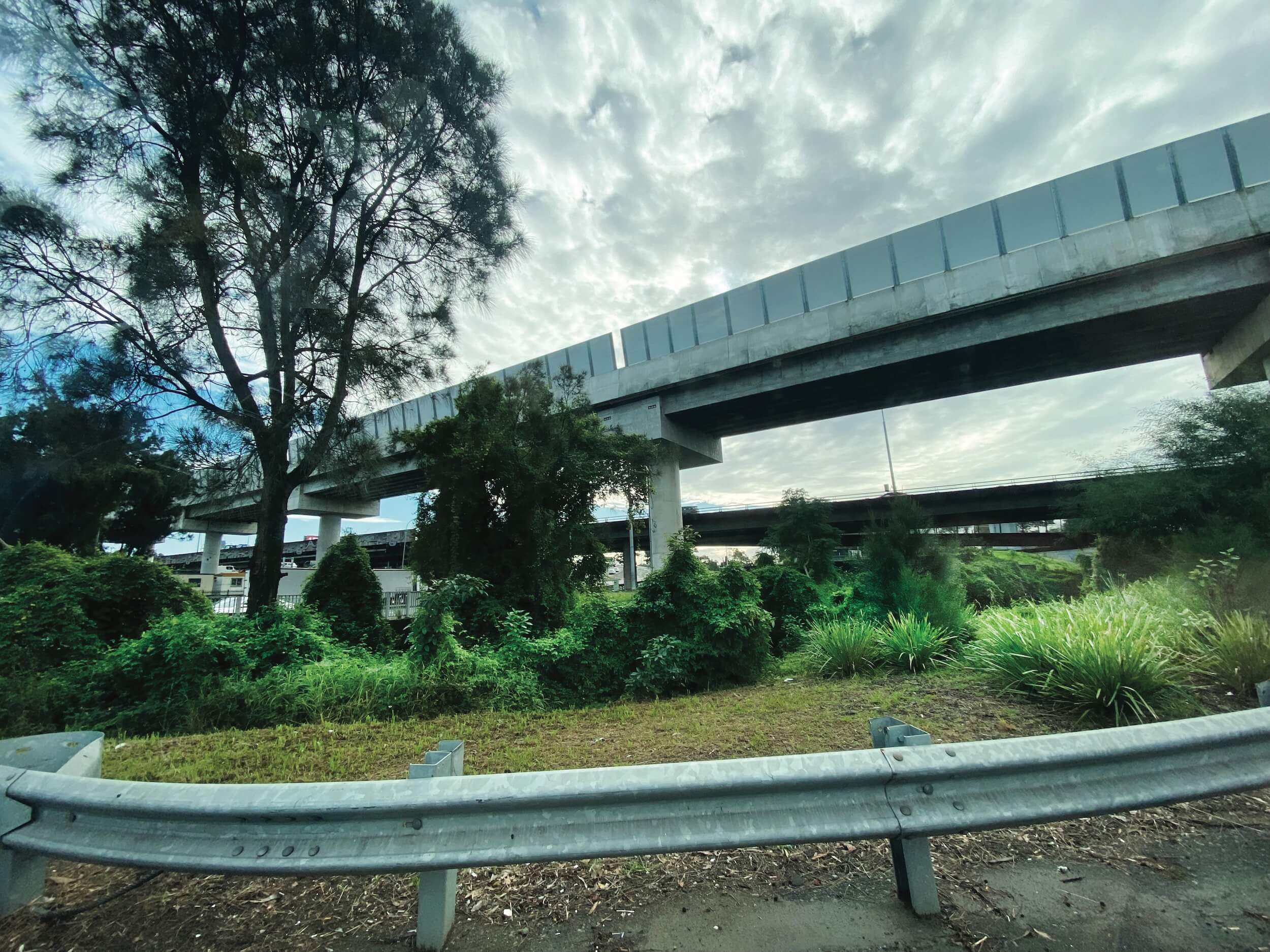Overview
The Review’s detailed study of the policy and planning work on the Greater Parramatta region also identified four areas where government should now focus its efforts for this region over the next decade:
- Greater Parramatta needs a Strategic Plan and better cross-government cooperation and investment in the region;
- The development of the Greater Parramatta region needs to balance the goals of liveability and growth and better manage the unequal impacts of change;
- Greater Parramatta’s economic future needs to be secured through preserving and investing in the region’s industrial and urban services land; and,
- Sustainability needs to be a priority to ensure Greater Parramatta’s successful transformation into a resilient global city-region.
1. Greater Parramatta needs a Strategic Plan and better cross-government cooperation and investment
According to the GSC, the creation of a Strategic Plan for Greater Parramatta should be guided by the ‘transformative scenario’ proposed in the PIC Pilot and be consistent with GSC Regional and District Plans.
Following this recommendation, the NSW Department of Planning, Industry and Environment (DPIE, December 2020) announced that a Strategic Plan for Greater Parramatta would be prepared in 2021.
The creation of a Strategic Plan for Greater Parramatta also highlights the need for greater cross-government cooperation. DPIE (2020) noted that the Strategic Plan would be prepared in collaboration with:
- Councils,
- State government agencies (drawing on the extensive collaboration with 20 government agencies that had already occurred in the preparation of the PIC), and
- developers and landowners.
Collaboration with the four Local Governments (Parramatta, Cumberland, Canada Bay and Strathfield) that intersect with the Greater Parramatta region should be an urgent priority.
At present, only one of the four LGAs (City of Parramatta) makes any reference to the Greater Parramatta region in their Community Strategic Plan. This gap represents a significant missed opportunity for integrating the considerable strategic planning around the Greater Parramatta region at the local government level.
Meanwhile, the Western Sydney Leadership Dialogue (WSLD) made a strong case in 2019 for the increased role of the Federal Government in the Greater Parramatta region. With the election of a new Federal Government in May 2022, the Strategic Plan for Greater Parramatta provides an important mechanism to bring the Federal Government to the table, such as a City Deal.
2. Balancing liveability and growth: the need to manage the unequal impacts of change
There is keen awareness of the risk of ‘change fatigue’ for local communities who, while eventually benefiting from the large infrastructure developments in the region, are currently experiencing the discomfort that comes with living through and with these changes (e.g. congestion/crowding, rising house prices etc).
The City of Parramatta and Western Sydney University and University of Sydney have previously noted the challenges that rapid growth has created regarding inequality and quality of life for people living and working in Greater Parramatta. The impact of the COVID-19 pandemic has only served to further highlight the need for planning to focus on the fine-grained ‘liveability’ of urban spaces.
In a similar vein, there are important opportunities to be realised regarding the cultural infrastructure investment in the region (e.g. the Powerhouse Precinct). The impacts of COVID-19 on the cultural industries have intensified the urgent need to increase support for the cultural industries and workers in Greater Parramatta. Both Create NSW and the City of Parramatta offer solutions around how a renewed emphasis on the region’s cultural sector could be pursued.
Last, the problem of housing affordability remains a key issue for the region. Worse, the PIC Pilot and DPE offer little in the way of solutions, with the faith placed in the SEPP 70 and Local Housing Strategies to address this challenge being ill-founded. There is considerable scope – in keeping with its reputation for innovation and transformational responses to some of Greater Sydney’s biggest urban challenges – for the NSW State Government to approach the challenge of housing affordability in Greater Parramatta in the same way it has to the challenge of transport infrastructure and the 30-minute city for the region.
3. Securing Greater Parramatta’s economic future: the need to value and preserve current industrial and urban services land in the region
While the PIC Pilot recommended staying the course with the original Vision for Greater Parramatta it also advocated a departure from the original Vision’s recommendation of developing a town centre at the Camellia-Rosehill Precinct.
Specifically, based on the detailed work undertaken, the PIC Pilot assessed this proposed development to:
- Involve high upfront costs (relating to contamination, risk of flooding, land-use conflicts such as noise, odour, lighting, hours of operation and heavy vehicle traffic) that would not be reasonably recovered from developer contributions if the site was redeveloped for residential uses, relative to other precincts.
- Risked the future economic growth of the Greater Parramatta region and Greater Sydney if this precinct was rezoned for residential purposes.
The PIC Pilot argued that future strategic planning of the region needed to recognise this precinct as vital to the success of Greater Parramatta’s economic corridor. Including the opportunities this area offered to accommodate essential industrial uses and urban services. Prospects were also identified to exist around technological advances for the re-use and recycling of waste to support development of a circular economy in Greater Parramatta.
4. Sustainability as foundational to Greater Parramatta’s success: the need to make Greater Parramatta a resilient global city-region
Building on the economic opportunities that the development of a circular economy offers Greater Parramatta, the PIC Pilot also argued for a renewed emphasis on issues of environment and sustainability.
For example, the PIC Pilot noted that the region would benefit from the development of a ‘Green Grid’ with new parks and links, irrigated with sustainable water sources. The NSW Government Architect (2017) pointed to the opportunity presented by the Parramatta River in this respect in its 2017 Sydney Green Grid plan. The Parramatta River provides a natural corridor that links the Greater Parramatta region to the Eastern City. In 2017 the NSW Government Architect proposed a project that created a contiguous open space network on both sides of the Parramatta River that connected key spaces along the river foreshore from Westmead and Parramatta Park to Sydney Olympic Park.
Furthermore, sustainability is an emerging strength of the region. A focus on sustainability provides the economic focus for the development of the Camellia-Silverwater Industrial precinct. Similarly, the UN Sustainable Development Goals have been identified by the City of Parramatta as the framing for the Council’s ‘global outlook’. Last, in 2022 Western Sydney University was named number one in the world for its social, ecological and economic impact in the Times Higher Education (THE) University Impact Rankings.
Download Full Report
To view the full report, download 'Parramatta 2035: Vibrant, Sustainable, Global.'







